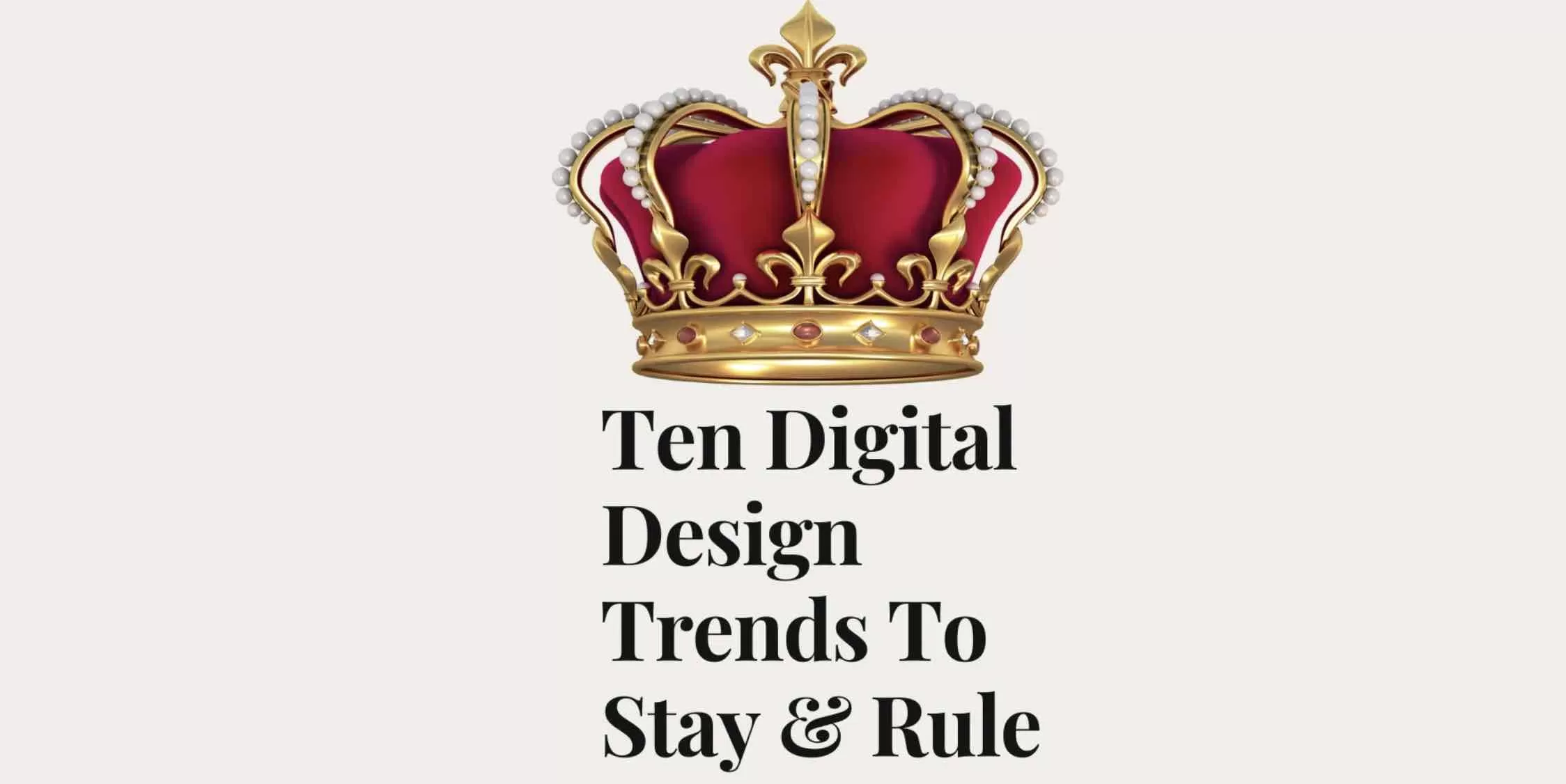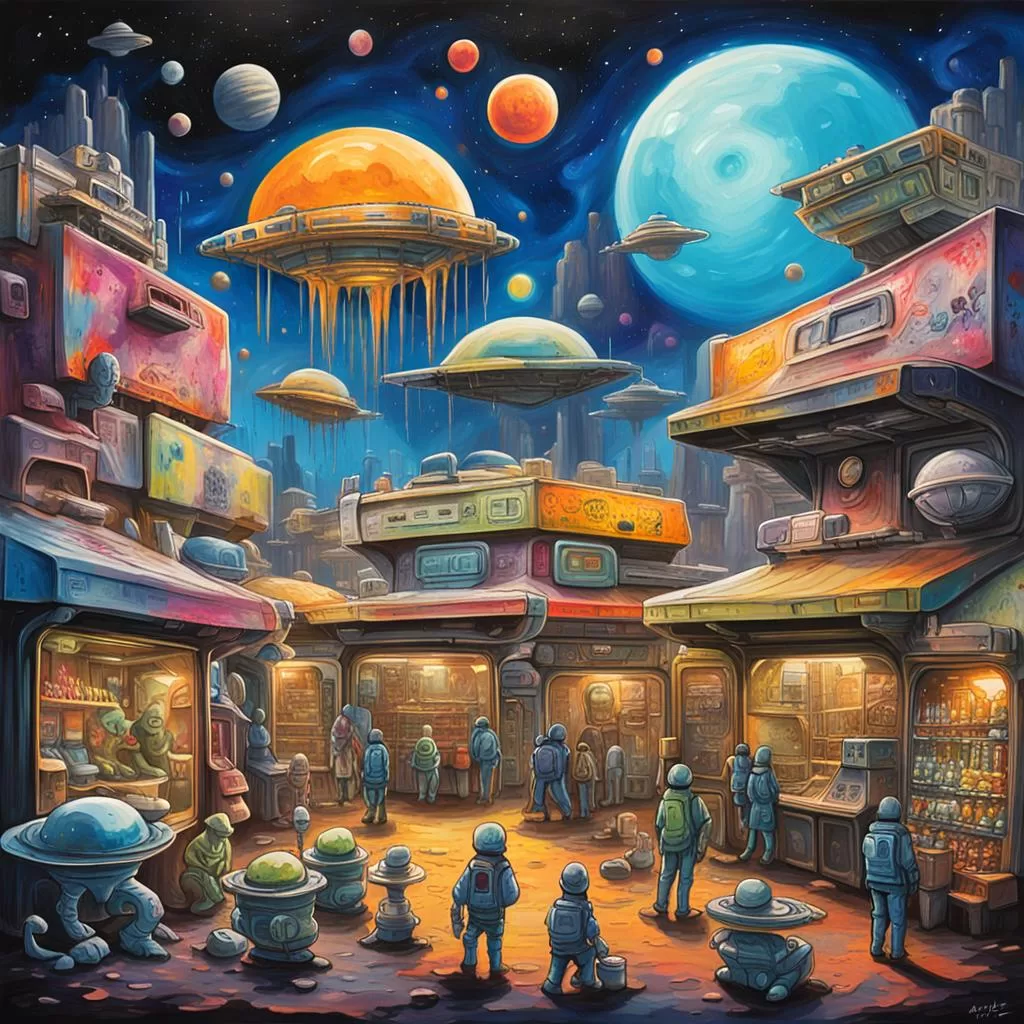The digital world of technology is constantly changing, with it, users’ expectations.
While specific digital trends may be fleeting, others will persist and impact the future.
Digital trends and user expectations constantly evolve. While some fade away, others gain popularity.
Businesses must have visually pleasing websites that are easy to navigate and understand. Customers are likelier to stay engaged and interested in a visually appealing and intuitive digital website.
Therefore, having an aesthetically pleasing and user-friendly website can significantly enhance a business’s digital presence and overall success.
Curious about the latest digital advances in user interface and experience design.
Learning about the newest trends and techniques designers and developers would be super helpful in making digital products and services more user-friendly and effective.
Let’s get started.
Table of Contents
1. Dark Mode
Recently, there has been a surge in the adoption of dark mode in digital design. Major operating systems like Apple’s iOS and Android have incorporated this feature as an alternative theme. The trend’s growing popularity results from its sleek, modern look.
Moreover, it serves as a valuable tool for accentuating other design elements. Another advantage is that it conserves battery power, which is especially important for mobile devices. Lastly, it helps reduce eye strain, especially in low-light conditions.
Several apps offer visitors the option to activate dark mode at their convenience. For example, Apple users can schedule the automatic change of their device’s appearance. They can select the “Sunset to Sunrise” option or set a specific time for the transition.
Although dark mode has become increasingly popular, it can pose some challenges and disadvantages.
Some users may experience difficulties with readability and accessibility, particularly those with low vision, colour blindness, or astigmatism. Additionally, certain content, such as images, videos, or charts, may need to be more visible and appealing in digital.
2. Unique Qualities that Stand Out
Incorporating incomplete, free-hand design elements into digital applications can elicit a positive emotional response and set websites apart as distinctive and genuine.
Users often embrace hand-drawn, exotic, and imperfect visuals as they add a sense of personality and humanity to the online experience.
By embracing these unique imperfections, one can effectively showcase their brand identity and differentiate themselves from the crowd.
This design approach stands in contrast to the trend of pixel-perfect web elements, allowing for the creation of something new, unique, and inventively different that can capture users’ attention and highlight the exclusivity of one’s brand.
Moreover, hand-drawn icons are more emotionally charged, which is particularly relevant given the current need for positivity in our surroundings. Integrating free-hand design elements can help brighten the day and leave a lasting impression.
3. Immersive 3D elements
Over the years, the use of 3D design elements has been a popular choice for many users, and with the emergence of VR and AR technologies, this trend is only bound to increase.
Combining these techniques provides designers and entrepreneurs an excellent opportunity to create hyper-realistic 3D visuals that occupy the entire screen.
This approach can significantly enhance website user experience and interface, increasing session times and improving customer retention rates. These visuals create a sense of immersion and blur the line between the virtual world and reality, creating a captivating user experience.
However, it is essential to note that successfully implementing 3D graphics requires a high-performing website user interface.
With optimized performance, heavy content may load smoothly, leading to lags and low response times, negatively impacting the user experience.
4. Soft shadows, layers, and floating elements
One of the more popular design trends in recent years is to create a sense of depth and intensity on web pages through soft shadows and floating visuals.
This can be applied to all web page elements, including text, images, and videos. UI/UX design companies have found that layering elements on top of each other and adding soft drop shadows can significantly enhance the overall effect.
This approach allows for a more dynamic and lightweight design, moving away from traditional and rigid layouts where layers are strictly ordered.
By incorporating these design techniques, websites can create a more immersive and engaging user experience.
5. Incorporating a blend of photography and graphics.
A highly sought-after design technique involves strategically layering graphics onto pre-existing images.
This method offers designers various creative possibilities, resulting in visually striking designs. The versatility of this trend allows for the creation of playful and eye-catching visuals for product images or the addition of a polished and professional touch to financial and tech websites.
Incorporating this technique into your web design lets you personalize your images and infuse your site with added character and charm.
6. Voice User Interface (VUI)
In the realm of technology, a new wave is sweeping over the industry — voice chatbots and virtual assistants.
These revolutionary tools have wholly altered how we gather information and jot down notes. Pioneering brands like Apple, Android, and Google have already integrated this trend into their user interface and user experience design processes.
Adopting the voice user interface design trend may be advantageous if you aspire to outdo your rivals and achieve a position of authority in your field.
7. Data visualization
One common problem many websites face is that tables, databases, and similar formats can appear attractive and exciting to users.
However, abstract data visualization can provide an excellent solution for tech- and production-oriented websites.
By showcasing product strengths abstractly, such as through movement in various directions, websites can elicit a sense of lightness, depth, and floating that catches users’ attention.
UI/UX design companies highly recommend this approach as it can help to create a more engaging and visually appealing user experience.
8. Bold fonts in UI/UX design
While not a revolutionary concept, using bold fonts in web design is becoming more prevalent. The reasoning behind this trend is simple: users typically gravitate towards page headings first.
Therefore, capturing their attention by utilizing bold fonts for titles is imperative. By doing so, it not only adds a visually appealing aspect to information, categories, subjects, services, or products but also imparts a contemporary feel to the overall website design.
It also bolsters the site’s usability, enhancing the user experience.
9. UX writing and microcopy
One understands the importance of attracting visitors. And one surefire way to do that is by creating a brand that stands out.
You can leave a lasting impression on your audience by crafting a unique, memorable, and historic brand.
Consider using a conversational tone on your website instead of formal language to connect with your audience and make your brand approachable.
Another tactic for making your website unforgettable is to add a bit of humour. This can inject some personality into your brand but tread carefully.
Your mood should be appropriate for your target audience and never detract from your message. With these strategies, you can confidently create a brand that truly shines.
10. Unusual and futuristic colour combinations
The field of web design is currently seeing an increase in the use of bright and bold colours.
Even colours that may not match at first glance can blend harmoniously and effectively captivate users’ attention due to their distinctive nature.
This is especially true when many websites adopt a simplistic approach with only a few colours, making bold and daring combinations stand out and more memorable.
If you want to keep up with this trend, don’t be afraid to experiment with new and exciting colours. Consider incorporating neon and glowing shades and intense hues into your website design and see how they can enhance your site’s overall look and feel.
Final thoughts
You’ve got a lot of significant design trends to explore! From classic bold fonts to intricate 3D elements, lifelike textures, and cutting-edge dark mode, there is something for everyone.
Additionally, data visualizations and voice user interfaces can elevate the overall design. It’s best to combine these different trends to create a unique and visually stunning user interface.
Read more articles exploring the dynamic interplay between design, user experience, artificial intelligence, and technology here.





Leave a Reply